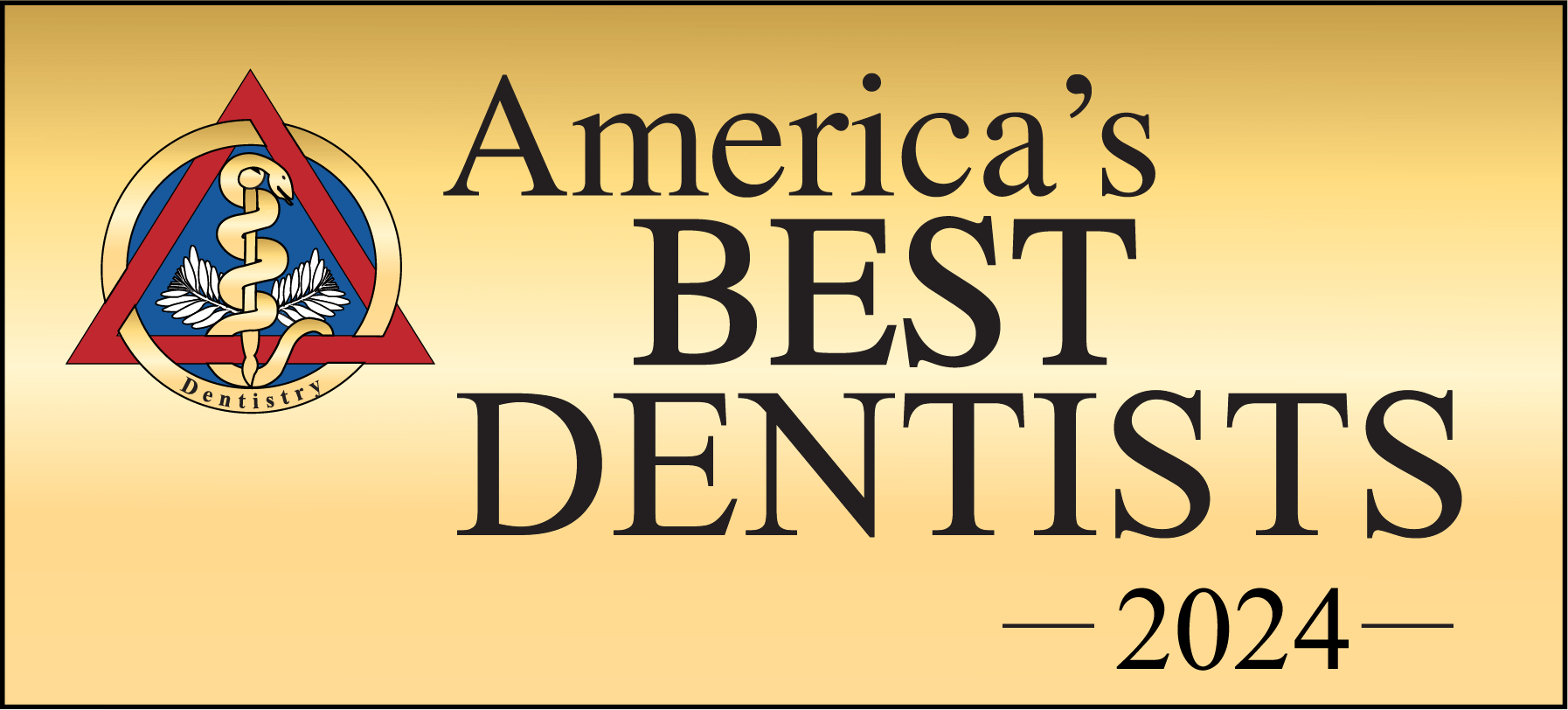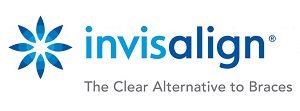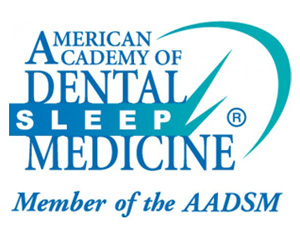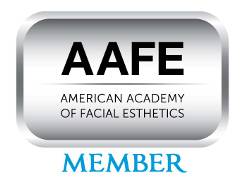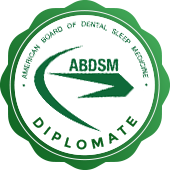7 Foods to Eat if You Have Gum Disease

More than half of Americans suffer from some type of gum disease. Luckily, with early diagnosis, you may still be able to stop the disease and overturn the damages by taking specific measures. The internet is filled with different information, sometimes erroneous, on how to treat and reverse gum diseases.
The process of combating the progression of gum disease involves the combination of three essential factors: Excellent oral hygiene, professional oral care and a gum disease tackling diet. This article focuses on the last element—diet choices to consider if you have gum disease.
What to eat for gum disease
Probiotics
Probiotics have been shown to contribute to the good bacteria in your mouth for reducing gingivitis and plaque accumulation. Fermented foods are believed to combat the growth of oral pathogens. According to a study, candidates who were given fermented dairy had higher fortification against gum disease. Sources of probiotics include kimchi, kefir and sauerkraut.
Nuts and seeds with high omega-3 content
Omega-3s are crucial elements in a balanced, nutrient-rich diet. They are particularly useful because they have anti-inflammatory properties and help to reverse gum diseases. Sources of omega-3s include pistachios, macadamia nuts and sesame seeds. They also serve as excellent sources of nutrients too.
Salmon and other fatty fish
Oily fishes, including herring, salmon and mackerel are excellent sources of nutrients and omega-3s. Their oil content is responsible for their anti-inflammatory properties on the body and their contributions to the immune system.
Grass-fed beef
Grass-fed beef has collagen, which helps to fight gum diseases. They also have high omega-3s, which is why many nutritionists and health experts are picky about the choice of cow feeds. Grain-fed beef has antibiotics, omega-6s, and other inflammatory disease-causing elements.
Cacao
Cacao contains a high amount of disease-combating catechins, which inhibit gum disease. Cacao is an excellent diet for the teeth because it helps to combat plaque, tooth decay, and cavities. In fact, the compounds found in cacao are generally more effective against tooth decay than fluoride. The compound called CBH found in cacao also helps to harden the enamel. If you want a beneficial cacao diet without high sugar content, get raw chocolate of up to 70 percent or higher. Opt for low sugar varieties too.
Green tea
Green tea contains high catechin levels. Catechins are one of the most essential nutrients for fighting gum diseases. That's not all. Green tea has been discovered to have inhibitive effects on periodontal diseases. A recent study found out that people who drank green tea were less susceptible to developing gum disease.
Red and green bell peppers
Bell peppers are high in vitamin C and could be an excellent component of a diet for combating gum disease. A cup of red bell pepper has over 300 percent of the recommended daily allowance of vitamin C, while green bell peppers have 200 percent. Including green and red pepper in your diet will give you a good vitamin C boost for fighting gum disease.
In conclusion
You should inform your dentist before getting on any diet regimen. These foods are not meant to replace professional treatment if you have advanced gum disease; they only contribute to healing.
Request an appointment here: https://artisandentalbellevue.com or call Artisan Dental at (425) 454-2005 for an appointment in our Bellevue office.
Check out what others are saying about our services on Google: Read our Google reviews.
Related Posts
A smile makeover can transform your looks and dental function. This is a collection of treatments that you can get for one or more appointments. Understanding how each one works can help you make informed decisions on treatment day. Here are the common smile makeover procedures that you should consider.These are custom-fit shells that cover…
It is possible to enhance the overall appearance of a patient’s smile through a unique combination of cosmetic dental procedures. This is known as a smile makeover. Dental providers make these treatment plans custom to each patient. Here is what to expect at every step of a smile makeover, from design to execution.A smile makeover…
Have you been feeling self-conscious about the appearance of your smile? A smile makeover may be what you need to transform your teeth and boost your confidence. From deeply stained teeth to malocclusions, a smile makeover can improve the appearance of your smile and overall well-being.A smile makeover is a comprehensive treatment method that utilizes…
team. We will work to develop a treatment plan that puts your smile goals within reach. Simply contact us today.Request an appointment or call Artisan Dental Bellevue at 425-454-2005 for an appointment in our Bellevue office.


